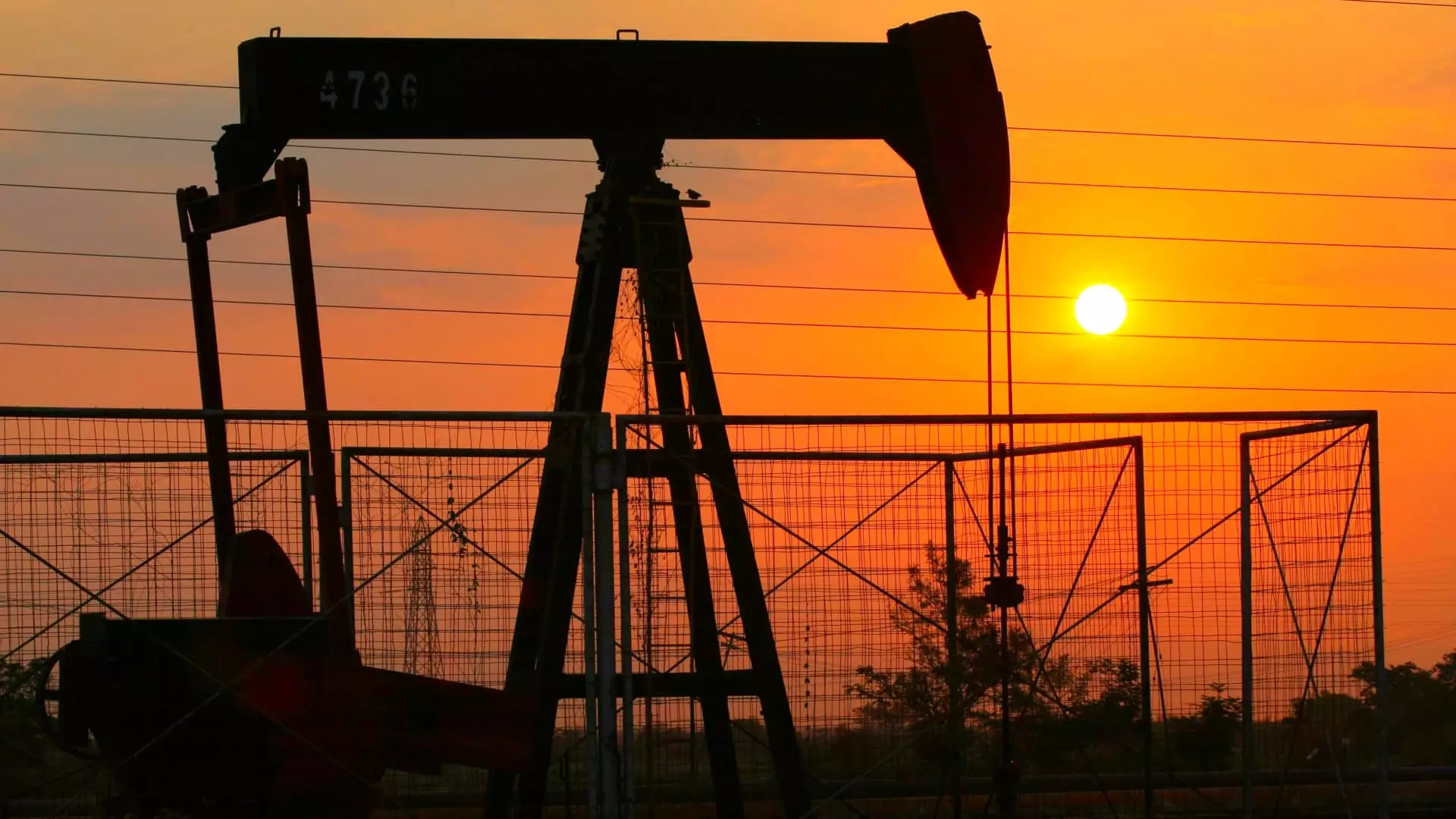The recent airstrike resulting in the death of Hezbollah’s long-time leader, Hassan Nasrallah, marks a pivotal moment in the geopolitical landscape of the Middle East. Although this event has significant ramifications for regional stability, particularly with the delicate relationship between Iran and Israel, the anticipated impact on global oil prices has been surprisingly muted.
Hassan Nasrallah, who helmed Hezbollah for over three decades, was known for his staunch anti-Israel rhetoric and his group’s deep-rooted opposition to Western intervention in the region. His leadership came to an abrupt end following a targeted Israeli operation in Beirut, triggering international speculation about the potential escalation of conflict in an already volatile area. The strategic role of Hezbollah—not only as a military organization but also as a political player in Lebanon—has raised alarms about subsequent power vacuums that could lead to instability.
Despite the high stakes of such an event, oil prices displayed remarkable resilience. This suggests that market players might have already priced in potential disruptions stemming from ongoing Middle Eastern conflicts. According to industry experts, the expected spillover effects on oil supply have not materialized significantly enough to warrant drastic price increases. Indeed, Brent crude saw only a 1.56% increase, while U.S. West Texas Intermediate climbed by 1.09%. What’s noteworthy, however, is the absence of a significant spike despite the escalation of hostilities—indicative of a market that remains largely unfazed by surface tensions.
The oil market’s stability indicates a complex interplay between geopolitical concerns and underlying supply-demand fundamentals. Chris Lipow, president of Lipow Oil Associates, articulated that the absence of any immediate disruption to oil supply has kept the markets relatively calm. He pointed out that there has been an uptick in oil production across the U.S., Canada, and Guyana, which helps to counterbalance any uncertainty emanating from the Middle East. Furthermore, the low demand from China also weighs heavily on pricing strategies, putting an additional lid on volatility.
Analysts believe that while the assassination of Nasrallah could have implications for Hezbollah’s operations and strategy, it’s not expected to ignite a full-scale regional conflict that directly threatens oil supply. Experts like Josh Young of Bison Interests caution that while prices may remain stable for now, the situation is fluid; a rapid escalation in military conflict could shift the narrative swiftly, potentially sending crude oil prices toward the $100 mark.
One of the focal points regarding potential supply disruptions is the Straits of Hormuz, a crucial maritime corridor through which roughly 20% of the world’s oil is transported daily. Both Lipow and Young highlighted that any threat to this vital waterway could catalyze an unforeseen spike in oil prices. The prospect of conflict spilling over to this region is a critical concern because historically, even minor tensions have led to significant market shifts.
Although at present, an all-out war that disrupts oil flows appears unlikely, market participants remain acutely aware of the geopolitical chessboard and its ability to impact logistics and supply chains. Should Nasrallah’s death lead to a power struggle within Hezbollah or incite Iranian retaliation, the implications could extend into the global oil supply—potentially with drastic price ramifications.
Ultimately, the oil market’s current sentiment reflects a broader confidence that, despite the intricate and often volatile dynamics of Middle Eastern politics, physical supply remains intact. As tensions mount, it is essential for stakeholders to consider not just the immediate implications of leadership changes but the longer-term geopolitical stability of the region. Price fluctuations may remain subdued in the short term, but vigilance is necessary; market players must prepare for rapidly evolving scenarios that have the power to dramatically alter the oil landscape.

Leave a Reply